Gas Detection by Application
See how our gas detection solutions work in real-life applications.
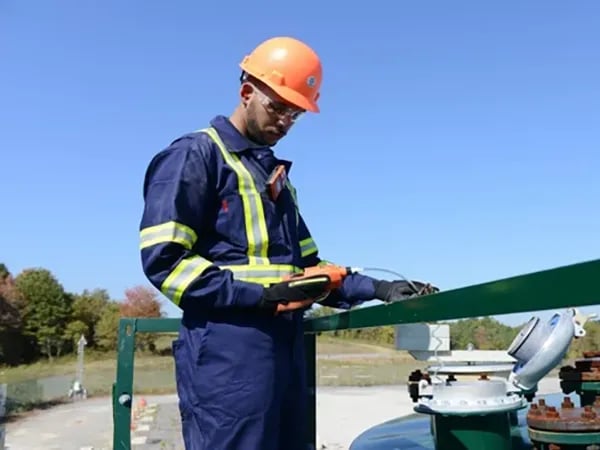
In-Plant Monitoring
Managing plant operations is a major responsibility. It's essential to not only maintain productivity and control costs, but also keep every worker safe. Knowing where health and safety hazards exist and prioritizing maintenance projects expands your ability to minimize risk and reduce plant downtime.
Personal Monitoring
Personal gas detectors are a crucial part of workplace safety when gas hazards are present. When equipped with personal gas monitors that are rugged and easy to wear, workers can focus on the task at hand without worrying about invisible hazards—no matter where the job takes them.
-
Industrial Scientific has definitely made our company safer. Knowing what our personnel are being exposed to and being able to react to those exposures quickly and effectively makes this program worth the investment, which is what it is—an investment in the safety of our employees and contractors.
Global health and safety manager,
leading pulp and paper manufacturer
-
I’m thankful that with Industrial Scientific, we have all of our gas detection information in one central system. We don’t need to use different systems to access historical and live data anymore. Having iNet, we have a reliable system for real-time readings and historical readings for investigations.
Health and safety leader,
leading refinery
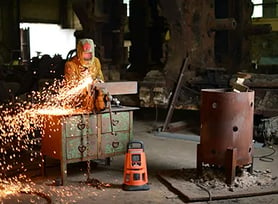
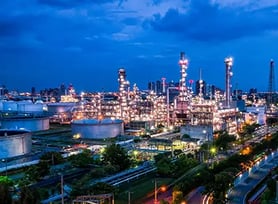
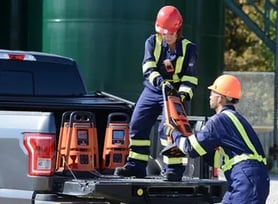
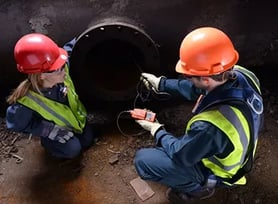
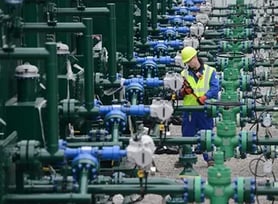
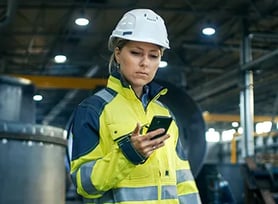
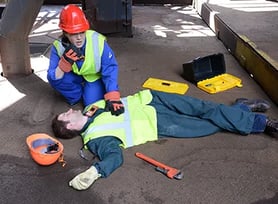
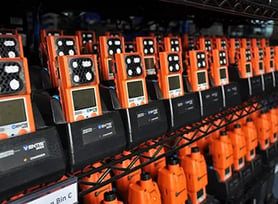
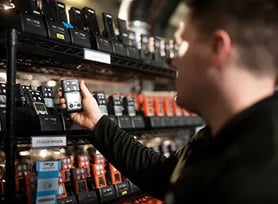
.jpg?width=418&height=221&name=confined%20space%20white%20paper%20255x180%20(2).jpg)



